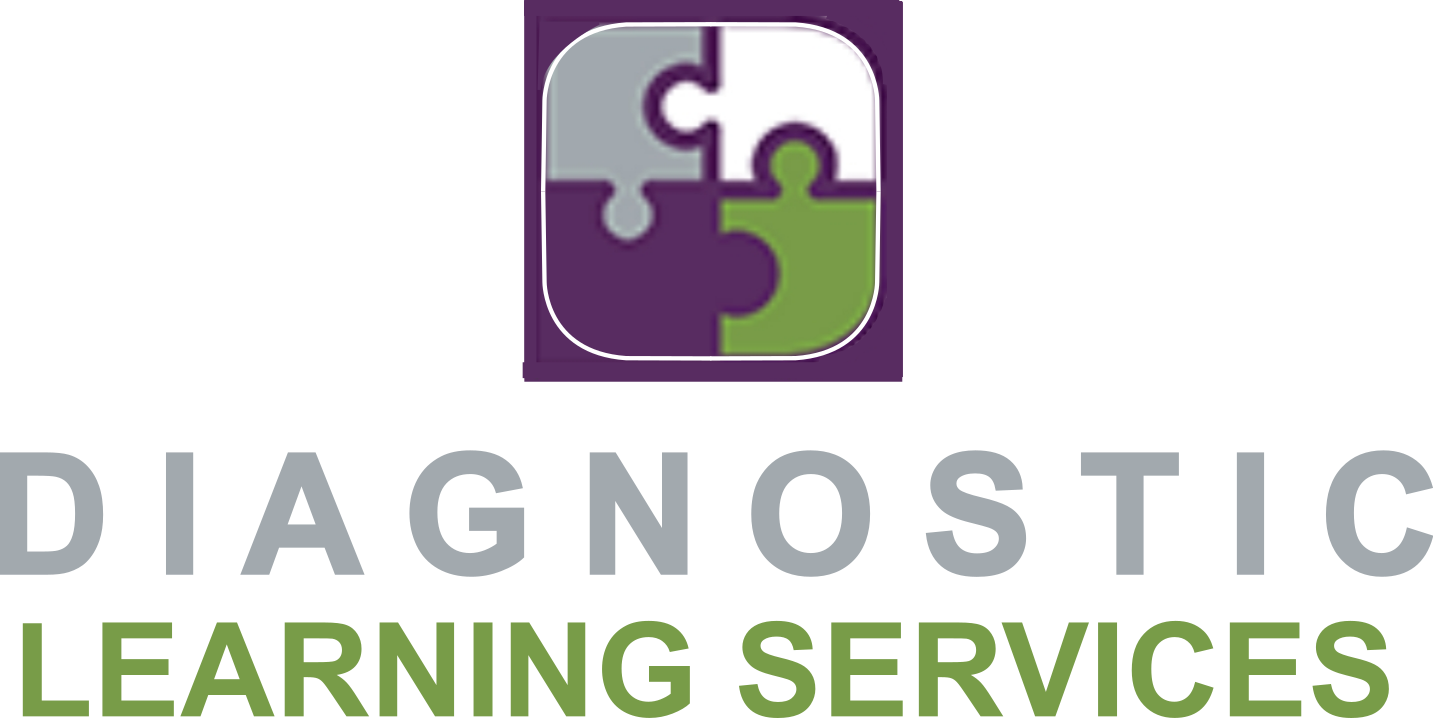Speech-to-Text Assistive Technology
Assistive technology, such as speech-to-text, has indeed revolutionized the way people with dyslexia can access and interact with written content, communicate, and navigate various aspects of their daily lives. It allows individuals who struggle with Dyslexia to transcribe thoughts, respond to emails, and send text messages more efficiently, ultimately enhancing your overall well-being.
There are two primary categories of speech-to-text technology. Here's a more detailed breakdown of these categories:
1. Locally Installed Resources:
Locally installed speech-to-text software is typically downloaded or purchased and installed on your computer or device.
It leverages the processing power of your machine to perform speech recognition and convert spoken language into text.
Advantages:
It can adapt to your voice and specific speech patterns, potentially providing higher accuracy as it learns from your usage over time.
It can work offline, meaning it doesn't rely on an internet connection, making it a viable option in situations with limited or no internet access.
Considerations:
It can be resource-intensive, potentially using a significant amount of your device's CPU and memory, which might slow down your computer or device when the software is active.
Updates and improvements may require manual installation and updates to the software.
2. Cloud-Based Dictation:
Cloud-based speech-to-text technology relies on remote servers and the power of artificial intelligence and machine learning algorithms to transcribe speech into text.
It requires an internet connection to send audio data to remote servers for processing and receive the transcribed text.
This technology is commonly integrated into various devices and services, including smart speakers and voice-activated virtual assistants.
Advantages:
Cloud-based solutions often offer rapid and highly accurate transcription due to the computational resources and machine learning algorithms used in the cloud.
Updates and improvements are typically handled on the server side, providing users with the latest enhancements without the need for manual software updates.
Considerations:
Dependence on an internet connection means it may not be suitable for situations with limited connectivity or privacy concerns since audio data is sent to external servers.
Key Benefits
Idea Expression: Dictation empowers you to turn your thoughts and ideas into written words, making it easier to share your creativity, knowledge, and insights with others.
Efficient Communication: The ability to respond to emails and dictate text messages more quickly and efficiently enhances your communication with others, whether it's for personal or professional purposes.
Capturing Thoughts: Dictation allows you to transcribe the wealth of information in your mind onto paper whenever the need arises, making it a valuable tool for note-taking, journaling, and recording your thoughts.
